Want More Sales? Learn How to Supercharge Your E-commerce Site with Design Magic!
- Saru
- Aug 18, 2023

In the fast-paced world of e-commerce, where every click and interaction counts, optimizing your website design for higher conversions is paramount. With countless options available to consumers at their fingertips, it’s crucial to create an online shopping experience that not only captivates but also converts visitors into loyal customers. This blog post delves into the best practices for optimizing your website design to accelerate e-commerce conversions.
1. Streamlined User Experience (UX):
A seamless and intuitive user experience is the cornerstone of a high-converting e-commerce website. Make sure your navigation is clear and logical, guiding users effortlessly from browsing to checkout. Utilize a clean and clutter-free design, ensuring that the most important elements, such as product categories, search bars, and calls-to-action are prominently displayed.
2. Mobile Optimization:
In the era of mobile shopping, a responsive design is non-negotiable. Your website should adapt flawlessly to various devices and screen sizes, maintaining usability and aesthetics across the board. Mobile optimization is crucial for capturing the growing percentage of users who prefer to shop on their smartphones and tablets.
3. Page Load Speed:
A matter of mere seconds can be the difference between a sale and a bounced visitor. Slow-loading pages frustrate users and drive them away. Compress images, leverage browser caching, and optimize your code to ensure swift page load times. Tools like Google Page Speed Insights can help identify areas for improvement.
4. High-Quality Imagery and Videos:
Visual content is your virtual storefront. Use high-resolution images that showcase your products from multiple angles. Consider incorporating product videos to provide a more immersive shopping experience, helping customers understand the products better before making a purchase decision.
5. Clear Call-to-Actions (CTAs):
Your CTAs should be clear, concise, and strategically placed. Use action-oriented language that compels users to take the desired action, whether it’s “Add to Cart,” “Buy Now,” or “Sign Up.” Employ contrasting colors to make CTAs stand out against the rest of your design.
6. Trust Signals and Reviews:
Earning the trust of your customers is paramount. Display security badges, payment options, and guarantees prominently. Incorporate customer reviews and ratings to showcase the positive experiences of others, thus influencing potential buyers.
7. Simplified Checkout Process:
A convoluted checkout process can lead to cart abandonment. Minimize the steps required to complete a purchase. Offer guest checkout options, and provide visual progress indicators to keep users informed about their progress through the checkout process.
8. Personalization:
Utilize user data and browsing history to personalize the shopping experience. Recommend products based on past purchases or items viewed, creating a tailored experience that resonates with each individual user.
9. A/B Testing:
Constantly refine your website design through A/B testing. Experiment with variations of elements such as headlines, images, button placements, and colors to determine what resonates best with your audience. Data-driven decisions are key to optimization.
10. Optimized Search Functionality:
Implement a robust search feature with auto-suggestions and filters. A significant portion of users rely on search to find specific produ.cts, so ensuring accurate and relevant results can enhance the shopping experience.
11. Social Proof and Urgency:
Incorporate elements of scarcity and urgency, such as limited-time offers or low-stock notifications. These psychological triggers can prompt users to make quicker purchase decisions.
12. Post-Purchase Experience:
The conversion process doesn’t end at checkout. Provide order tracking, delivery notifications, and post-purchase recommendations to maintain engagement and encourage repeat business.
In conclusion, optimizing your e-commerce website for higher conversions requires a holistic approach that combines user experience, visual appeal, trust-building elements, and data-driven decision-making. By implementing these best practices, you can create an online shopping environment that not only drives sales but also fosters customer loyalty in the competitive world of e-commerce. In the quest for a high-converting website, consider how Pluugin can elevate your efforts, providing not only tools but also strategic partnerships to thrive in the dynamic world of e-commerce.
You May Also like This
Popular Posts
-
 The Rise of Autonomous Stores: Will eCommerce Replace Traditional Retail Entirely?
The Rise of Autonomous Stores: Will eCommerce Replace Traditional Retail Entirely? -
 SEO for eCommerce: How to Rank Higher and Drive More Organic Sales
SEO for eCommerce: How to Rank Higher and Drive More Organic Sales -
 AI as Your Co-Founder: How Generative AI Is Changing eCommerce Business Models
AI as Your Co-Founder: How Generative AI Is Changing eCommerce Business Models -
 How to Scale Your Fulfillment Operations During Peak Seasons
How to Scale Your Fulfillment Operations During Peak Seasons -
 The Future of Fulfillment: Micro-Warehouses and Hyperlocal Delivery
The Future of Fulfillment: Micro-Warehouses and Hyperlocal Delivery







